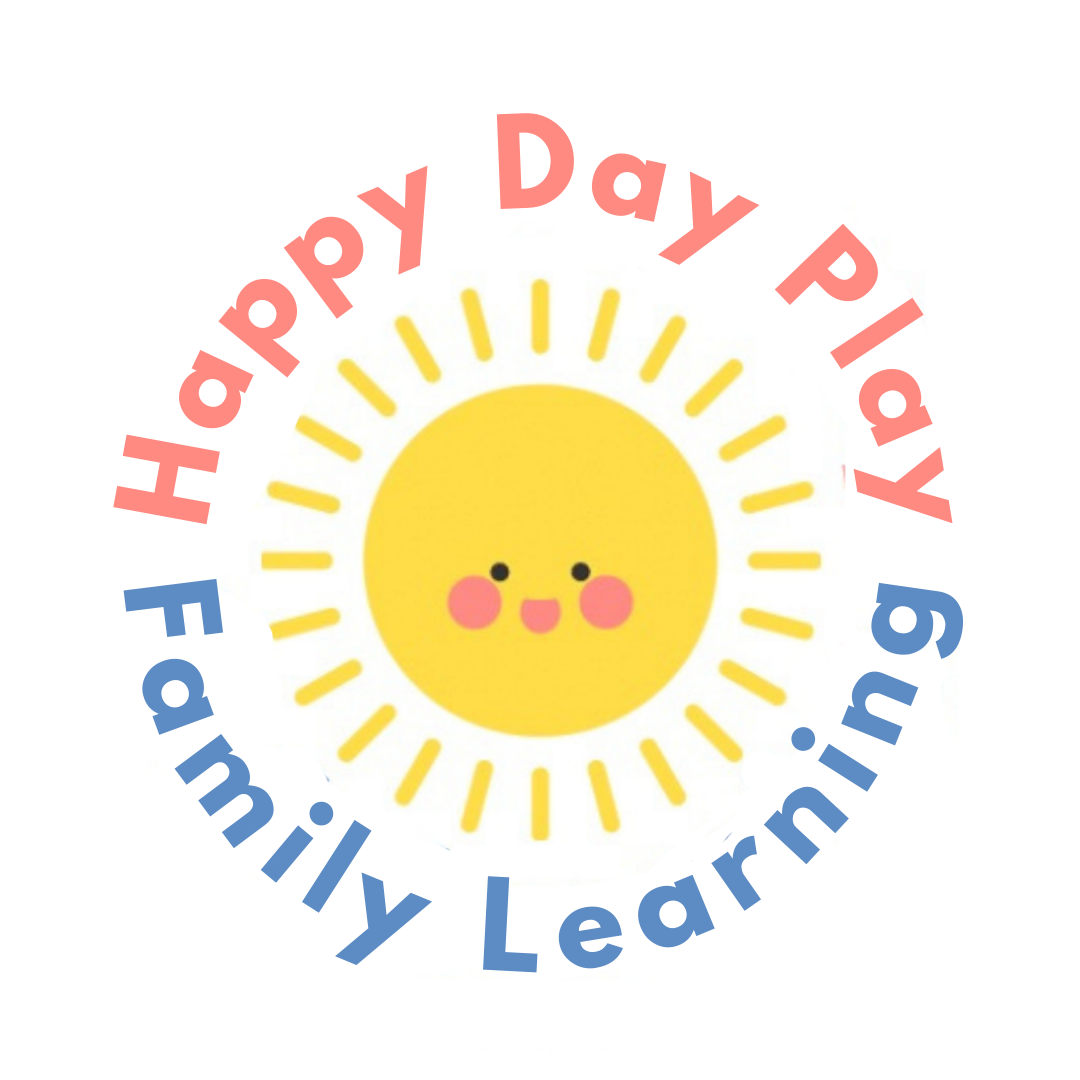Embracing the Colors of Development: The Benefits of Sensory Art Classes for Babies, Toddlers, and Families
In the vivid world of a child's early years, the introduction of sensory art classes adds a spectrum of hues that go beyond the strokes of a paintbrush or the glue of craft time (which we love as well!) Sensory art is more so a captivating journey where little ones explore the world through touch, sight, sound, smell, and sometimes, taste. Let’s unravel the wonders of sensory art, highlighting its unique benefits for babies, toddlers, and families, while also offering insights on fostering this creative adventure at home after your Happy Day Play class.
What is Sensory Art?
Sensory art takes the canvas of creativity to a new level, emphasizing exploration and engagement with the senses. Unlike traditional arts and crafts classes that often focus on creating specific end products, sensory art places a premium on the process itself and is more explorative in nature. It encourages children to delve into the materials, textures, and sensations, fostering an appreciation for the rich palette of the sensory world.
In a sensory art class, you might find little hands immersed in finger painting, exploring various textures like smooth gel or squishy clay. The emphasis is on the sensory experience—the feeling of paint on fingers, the textures encountered, and the vibrant colors blending together. This approach allows for a more open-ended and individualized artistic exploration.
Benefits Across Ages: From Babies to Toddlers and Beyond
1. Cognitive Development:
Sensory art engages a baby's burgeoning cognitive abilities, promoting early learning through exposure to diverse textures, colors, and shapes. Toddlers, on the other hand, refine their cognitive skills by making choices and experimenting with different materials, fostering problem-solving and decision-making.
2. Fine and Gross Motor Skills:
Little fingers exploring materials, squeezing paint, or molding clay in sensory art classes contribute to the development of fine motor skills. Additionally, the freedom of movement in sensory activities supports the enhancement of gross motor skills.
3. Language Development:
Sensory art encourages verbal expression as children describe the textures, colors, and sensations they experience. This verbal interaction supports language development and expands vocabulary.
4. Emotional Expression:
Through the freedom of exploration, sensory art becomes a safe space for emotional expression. Babies and toddlers can communicate and process emotions through touch and creative play.
5. Social Interaction:
Participating in sensory art classes provides opportunities for socialization. Sharing materials, working alongside peers, and engaging in group activities foster early social skills and cooperation.
How to Foster a Sensory Art Space at Home
Create a Sensory-Friendly Space: Designate an area in your home enriched with various materials like soft fabrics, textured toys, and safe art supplies. This space invites your little one to explore and engage their senses freely.
Mess is Part of the Fun: Embrace the mess! Sensory art is all about the experience, and getting a little messy is a natural part of the process. Lay down a washable mat or use old clothes for your child to fully enjoy the tactile exploration.
Engage All the Senses: Introduce activities that engage multiple senses. Consider scented playdough, musical instruments, or textured fabrics to create a sensory-rich experience.
Choosing the Right Sensory Art Program: A Guide for Families
When seeking a sensory art program for your little one, consider the following:
Qualified Instructors: Ensure that instructors are experienced in early childhood education and understand the developmental needs of babies and toddlers.
Safety Measures: Confirm that the program implements safety measures to create a secure environment for sensory exploration.
Diverse Materials and Activities: Look for programs that offer a variety of materials and activities to ensure a broad range of sensory experiences.
Small Class Sizes: Smaller class sizes allow for more personalized attention, fostering a supportive and engaging learning environment.
Parental Involvement: Programs that encourage parental involvement provide opportunities for shared bonding experiences and extend the learning beyond the class.
In the wondrous realm of sensory art, each stroke and touch is a step in the developmental journey of your child. Embrace the mess, savor the moments of exploration, and watch as the colors of creativity unfold. Sensory art classes for babies and toddlers open doors to a world where every sensation becomes a brushstroke in the masterpiece of early childhood. As a family, dive into this sensory adventure, celebrating the joyous and transformative power of creative exploration.


